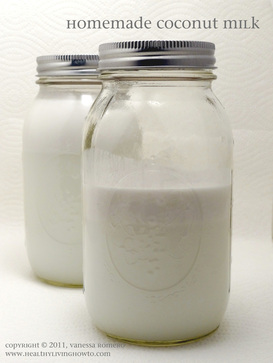Dear HLHT,
When I was young, around age 10-12, I was properly allergic to whey (among a plethora of other things) until I got prayed over in church. Then for about 10 years I was fine but many of the same issues have come back but to a lesser degree. When I had my bloods done about a year ago they said allergy to cow's milk, soy, peanuts, and eggs….what are your thoughts?
~Jennie
Food sensitivity or intolerance, are more common than a food allergies, and affect a greater number of people. In fact, most people have experienced an unpleasant reaction after eating, but didn't make the connection between the symptom and the food. The symptoms of a food sensitivity are more subtle than with a food allergy. They are sometimes delayed and can induce symptoms in many tissues throughout the body. For those with a food allergy if they eat a forbidden food the reaction is immediate and potentially life threatening. On the contrary, it is quite common for people to have a food sensitivity for years and years and not know it.
A food sensitivity can trigger symptoms in the body like: headaches, mood swings, fatigue, weight gain, food cravings, bloating & gas, brain fog, joint aches and acne. However, there is something going on inside the body you can't see or necessarily feel and that is inflammation. Chronic inflammation is at the root of almost every disease process. The list of inflammatory related diseases and disorders is long, from cancer to arthritis to heart disease to Alzheimer's disease. Inflammation is involved in asthma, diabetes, obesity, gingivitis, sinusitis, PCOS, infertility and more.
The pharmaceutical approach to inflammation focuses on relieving symptoms through over-the-counter drugs and prescription medicines. Inflammation is not the result of a deficiency of ibuprofen, but that is what most reach for when they experience the symptoms of inflammation.
Instead of treating the symptoms, why not get to the cause?
The foods most likely to cause an inflammatory response include cow's milk, wheat, gluten-containing products, nuts, shellfish and fish, chocolate, caffeine, alcohol, and foods with artificial colorings, preservatives & sweeteners.
The easiest way to determine if your symptoms are related to a food sensitivity is to completely remove the suspect food from your diet for 2-4 weeks. Take note of your symptoms prior and during the elimination phase. Then reintroduce the food back into your diet. If your symptoms go away during the elimination phase and return during the reintroduction phase, then you have your answer.
If you are wondering where to start, dairy and gluten are the two most common food sensitivities.
Don't be surprised if you are sensitive to the foods you love. People with a food sensitivity often develop an addiction to the foods they are most sensitive to.
Healthy Recipe for Coconut Milk
With the high incidence of intolerance to cow’s milk, the alternative milk market is booming. Hemp milk, almond milk, soy milk, rice milk, oat milk and coconut milk can be found on grocery store shelves everywhere. Be ready to spend a pretty penny for your dairy-free options. If you want to save a buck and have a healthier alternative milk product, try your hand at making homemade coconut milk. It’s cheap and easy and has no added thickeners, preservatives or additives.
Prep & Finish Time: 15 Minutes
Cook Time: 5 Minute
Ingredients
- 3-6 c. Filtered Water (less water yields a thicker milk)
- 3 c. Unsweetened Coconut Flakes
Cooking Directions
- Place water and coconut flakes in high-powered blender.
- Blend on high for 3-5 minutes.
- Strain through cheesecloth or linen towel.
Don't throw away the leftover meat, I've got a recipe for you tomorrow. Stay tuned.
